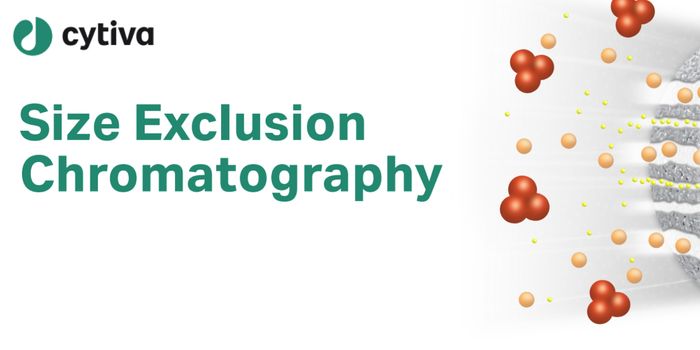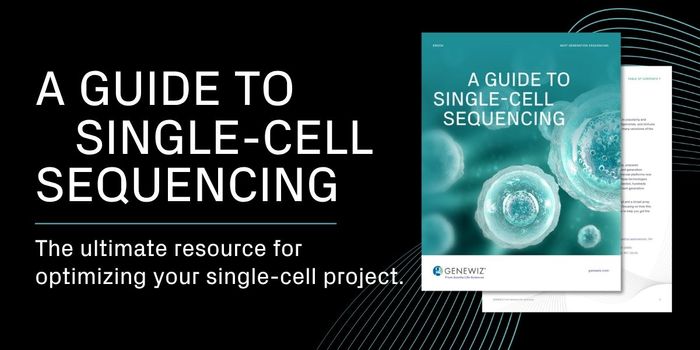A Developmental Epigenetic Switch is Discovered
The human body is composed of trillions of cells, yet we start as a single, fertilized cell that simply divides, over and over. As new daughter cells are created during development, it's crucial that they know exactly where to go and what functions to perform in order to properly create the body and all of the organs and tissues it contains. To make this happen, cells have to express the right genes at the right times and places; gene activity has to be carefully orchestrated. While there are a variety of ways that cells can control gene expression, such as through molecules like transcription factors, or genetic features like promotors, epigenetic influences also play a major role in regulating gene activity.
Epigenetics includes characteristics that affect gene expression without altering the sequence of DNA, and might refer to structural features of the genome or chemical tags that adorn DNA, such as methyl groups. Scientists have now demonstrated that an epigenetic switch called 5-formylcytosine (5fC), which modifies DNA, can activate genes in the early embryonic development of vertebrates. The findings have been reported in Cell.
Methylation is a well known type of epigenetic modification made to the genomes of vertebrates, including humans. This chemical tag is generally thought to turn down gene expression, though some research has indicated it can have a complex effect. While some other chemical epigenetic tags have been found, scientists have not known what type of biological effect they have, if any.
This study used genetic manipulation and a microscopy and chromatography analysis of frog embryos to show that 5fC is actively controlling gene expression during early development. There was a dramatic increase in 5fC when development was initiated, in a process called zygotic activation, which is also when many genes are activated.
"The observation of 5fC in microscopically visible tiny dots, or chromocenters, was exciting. Based on them, we suspected that 5fC must do something important in early embryonic development," said first study author Eleftheria Parasyraki.
When the researchers altered the embryos to either decrease or increase the levels of 5fC on DNA, they saw that gene expression was either decreased or increased, respectively. Therefore, they concluded that when 5fC tagged DNA, it activated genes.
"These findings are a real breakthrough in epigenetics because 5fC is only the second proven epigenetic DNA modification besides methylcytosine," said corresponding study author Professor Christof Niehrs, Founding and Scientific Director of the Institute of Molecular Biology at Johannes Gutenberg University Mainz.
The 5fC chromocenters were also seen in mouse embryos during zygotic gene activation, suggesting that 5fC is acting in a similar way in both mammals and frogs.
Now, there are more questions about whether 5fC has effects outside of development. Other studies have also found that there are abnormally high levels of 5fC in cancer cells. Research will now likely continue to reveal more about 5fC and what effects it has on genes and cells.
Sources: Johannes Gutenberg University Mainz, Cell









